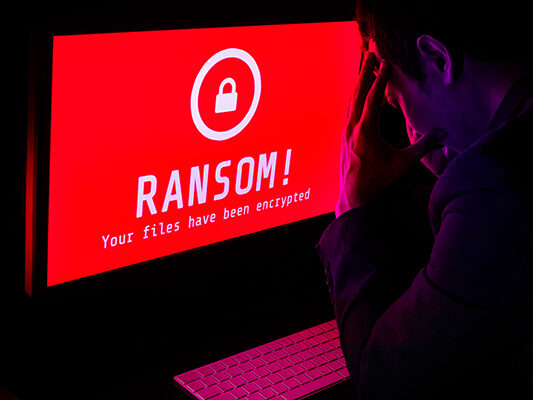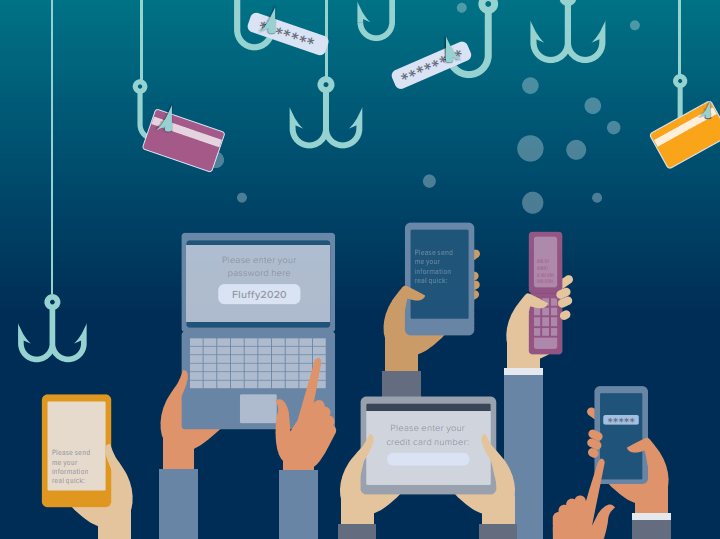What You Need to Know about Ransomware Risks
This/ article discusses risks of ransomware and how it can be prevented.
What is Ransomware
Ransomware is a type of malicious software that encrypts a victim’s files. The attackers then demand a ransom from the victim to restore access to the files; hence the name ransomware. Ransomware attacks can be very damaging and disruptive to businesses, organizations, and individuals.
They can result in the loss of sensitive or confidential data, loss of access to important systems and files, and financial losses due to the ransom demand and downtime. It is important to be aware of the risks associated with ransomware and to take steps to protect yourself and your organization from these types of attacks.



Types of Ransomwares
There are many different types of ransomware, and new variants are constantly being developed. Some common types of ransomware:
It encrypts the victim’s files, making them inaccessible until the victim pays a ransom to the attackers to decrypt the files.
It locks the victim out of their system, often by displaying a full-screen message that demands payment to unlock the system.
It doesn’t actually encrypt the victim’s files, but rather tries to scare the victim into paying a ransom by pretending to be a law enforcement agency and claiming that the victim has violated the law (e.g., by downloading illegal content).
It targets mobile devices, such as smartphones and tablets. It may lock the device or encrypt the victim’s data until a ransom is paid.
This type of malware does not encrypt the victim’s files, but rather uses the victim’s computer to mine cryptocurrency for the attacker.
This is a type of ransomware that is sold on the dark web and can be easily customized and deployed by anyone, even those with little technical expertise.
Cost of Ransomware Attack

The cost of a ransomware attack can vary greatly depending on the specific circumstances of the attack. Factors that can affect the cost include the amount of ransom demanded, the extent of the data loss or disruption caused by the attack, the cost of recovering from the attack (e.g., hiring a third-party cybersecurity firm to help with the recovery), and the financial impact of any downtime.
How to Prevent Ransomware Attack
1
Back up your data:
Regularly backing up your data can help you recover from a ransomware attack, as it allows you to restore your files from a clean backup rather than paying the ransom.
2
Keep your software and systems up to date:
Make sure that you are running the latest versions of your operating system and other software, as these updates often include security patches that can protect against ransomware and other threats.
3
Use strong passwords and enable two-factor authentication:
Use unique and complex passwords for all of your accounts, and enable two-factor authentication whenever it is available. This adds an extra layer of protection to your accounts, making it more difficult for attackers to gain access.
4
Be cautious when opening email attachments and links:
Ransomware is often delivered via email, so be cautious when opening attachments or links from unfamiliar senders.
5
Use a reputable antivirus program:
An antivirus program can help detect and block ransomware and other types of malware before they can infect your system. Make sure to keep your antivirus software up to date.
6
Enable the security features on your web browser:
Many web browsers have built-in security features, such as phishing protection and malware blocking, that can help protect you from ransomware and other online threats.
7
Educate yourself and your employees:
Make sure that you and your employees are aware of the risks associated with ransomware and how to recognize and avoid phishing attacks and other tactics used by attackers to deliver ransomware.
Related Links:
We hope you’ve found this article risks of ransomware helpful more risks of ransomware
